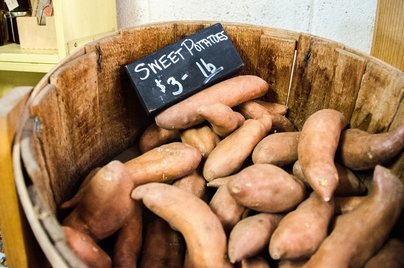 What is the difference between a sweet potato and a yam? Sweet potatoes are part of the morning glory family. This means that sweet potatoes are not actually potatoes at all and are part of a different family that grows with beautiful vines and flowers. While sweet potatoes are edible roots, yams are large tubers that are starchier and are more similar in texture and taste to russet potatoes. It is hard to find true yams in the U.S. because these tubers are grown in parts of the world with specific climates such as the Caribbean and Africa among others. Keep in mind that many varieties of sweet potatoes are available in our country, ranging from the typical orange flesh varieties to white flesh varieties. 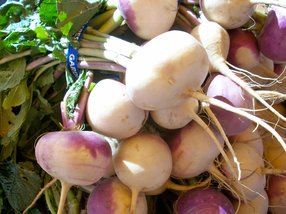 What is the difference between a rutabaga and a turnip? It is hard to visually distinguish the difference, but rutabagas have a yellower flesh and turnips have a whiter flesh. This color difference explains why rutabagas are a source of vitamin A and turnips are not. The taste and texture of these two roots are similar and for sweeter taste, choose smaller rutabagas (4 inches in diameter) and turnips (2-3 inches in diameter). 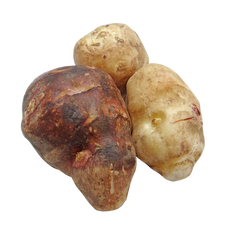 Some market visitors were also unfamiliar with a sunchoke. This tuber is similar in taste and texture to the artichoke that most of us recognize, but it is actually a variety of sunflower. Keep in mind that it provides an amount of inulin that can cause gastrointestinal discomfort in large amounts. Try sunchoke in small amounts to enjoy the great flavor with comfort. It is in season starting in October, according the Washington seasonality chart. For more information on different root and tuber vegetables visit Berkley Wellness. The following recipes incorporate root vegetables with simple and tasty combinations whether you are cooking dinner after work or preparing meals on the weekend for busy weekdays.
Preheat oven to 400 degrees F. Before cubing, wash and scrub the root veggies well so you don't have to peel them. In a large rimmed sheet pan combine the vegetables. Add the garlic, rosemary, and thyme. Drizzle olive oil to coat vegetables and toss well to coat. Space the vegetables in single layer with plenty of room; consider using a second baking sheet if needed so that veggies are not touching each other. We want them to roast (lots of air circulation needed) rather than steam. For the same reason, use a low rimmed sheet versus a higher sided casserole dish. Roast in the oven for 40-45 minutes or until tender. Flip the veggies about every 10-15 minutes to ensure even roasting on all sides. Enjoy hot or cold! Next time you are at the store or your local market, include root and tuber vegetables for an in-season and tasty meal during the week. We hope you enjoy the season of root and tuber vegetables for great nutrition as the weather changes! Please share your experience with these recipes or reaction to this blog post by tweeting @sounddietitians or posting to our Facebook page. -Emilyann
0 Comments
Leave a Reply. |
SD BlogA place for our consultant Registered Dietitian Nutritionists (RDNs) to share nutrition science, yummy and healthy recipes, tips on seasonal ingredients, and other nutritional musings. Enjoy! Categories
All
Archives
May 2024
|

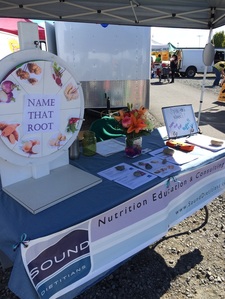
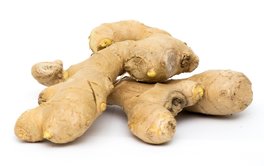
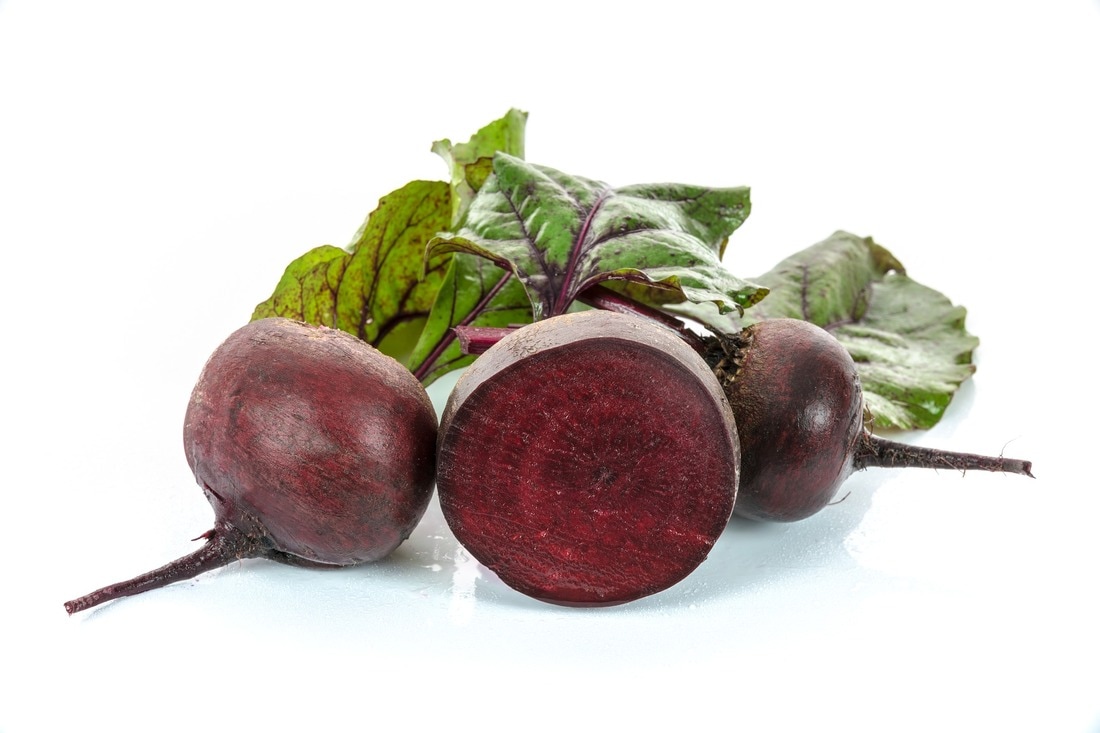
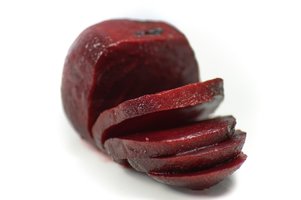
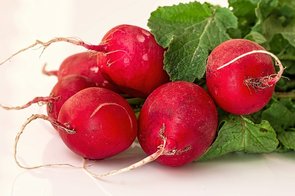
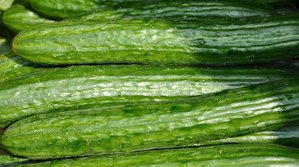
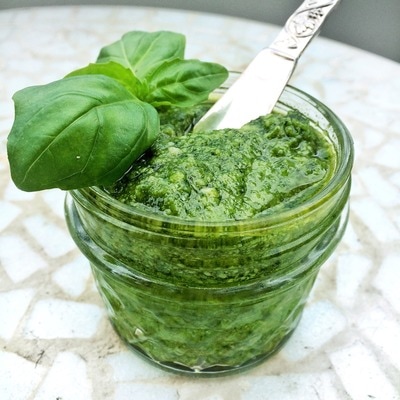
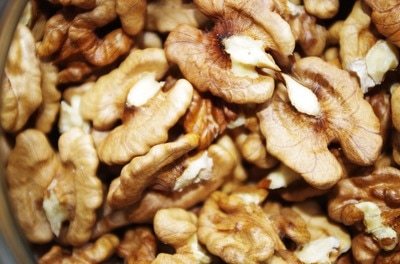
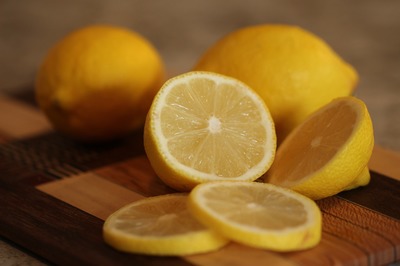
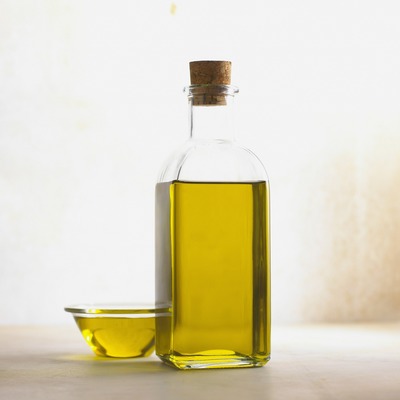



 RSS Feed
RSS Feed